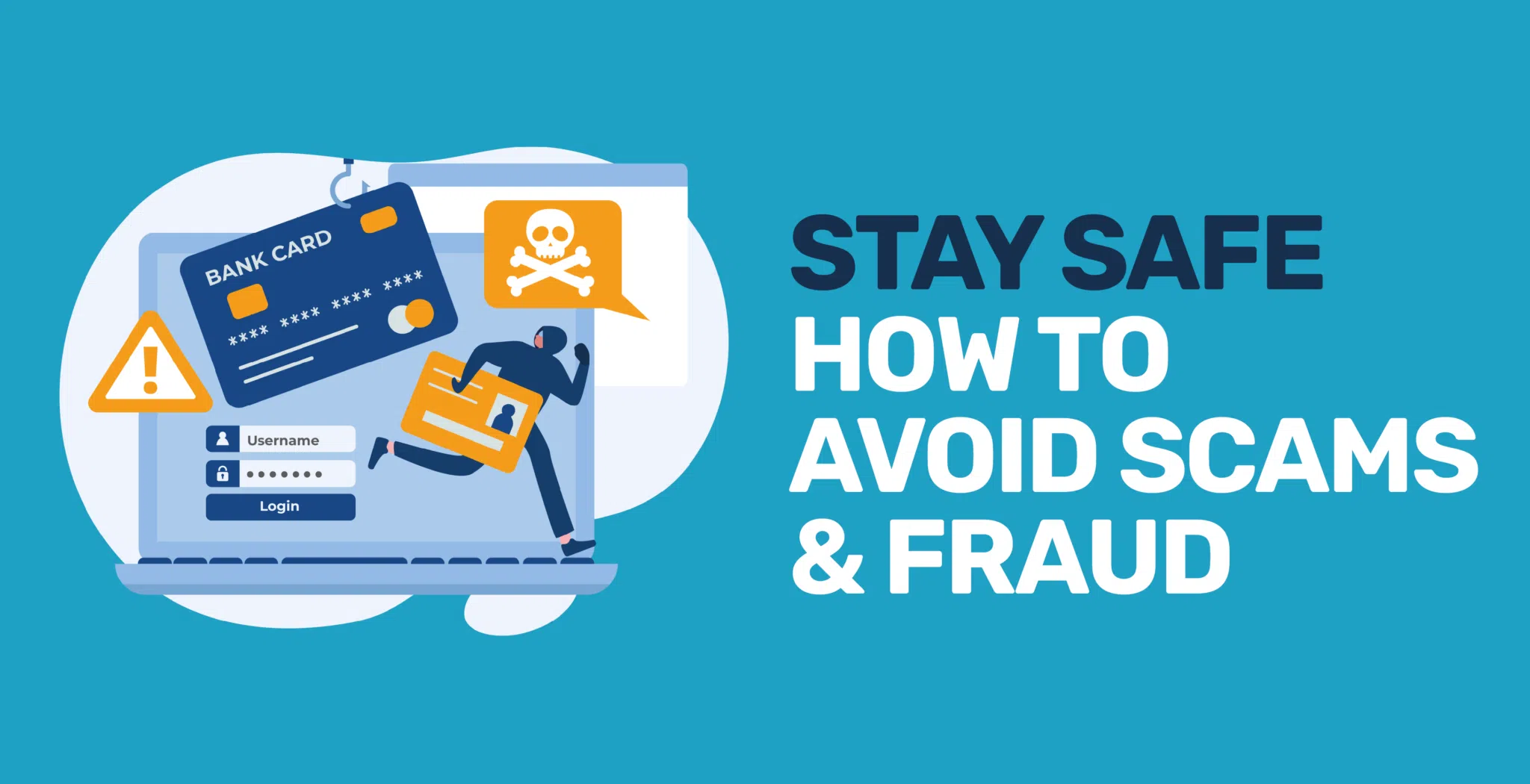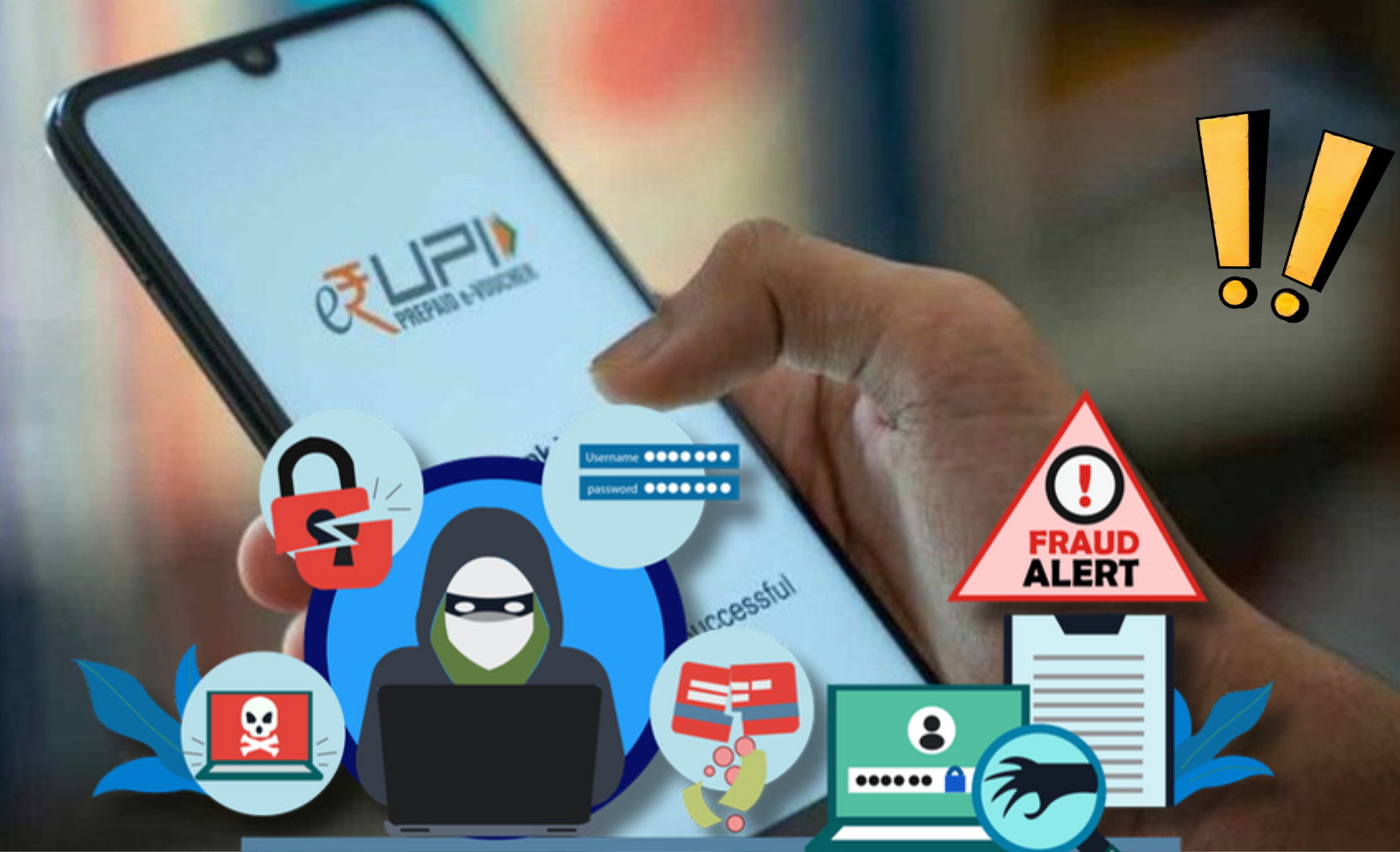In today’s digital world, online payments have become a normal part of everyday life. Whether you’re shopping online, transferring money, or paying bills, digital transactions offer convenience and speed. However, with this convenience comes a rising threat—online payment scams.

Cybercriminals are constantly finding new ways to trick users into sharing sensitive information or sending money to fake accounts. Understanding how to identify payment scams and knowing how to avoid payment scams is crucial for protecting your finances and personal data. This guide will explain the common payment scams, their warning signs, and essential secure online payment tips to help you stay safe.
What Are Online Payment Scams?
Online payment scams are fraudulent activities where scammers use fake websites, emails, messages, or phone calls to trick individuals or businesses into sending money or sharing financial information. These scams often involve impersonating legitimate companies, payment platforms, or even government organizations. The goal of scammers is to steal your payment information, credit card details, or directly take money from your account.
Common Payment Scams You Should Know
To protect yourself, it’s important to recognize common payment scams. Here are some of the most frequent ones:
1. Phishing Scams
Phishing is one of the oldest tricks in the book. Scammers send fake emails or messages pretending to be from trusted institutions like banks or payment providers. They often include a link leading to a fake login page that steals your credentials.
2. Fake Online Stores
Many online payment scams occur through fake e-commerce websites. These sites may look professional and offer attractive discounts, but once you make a purchase, you either receive counterfeit products or nothing at all.
3. Overpayment Scams
In these scams, the fraudster sends a check for more than the amount owed and asks you to refund the difference. Later, the check bounces, and you lose the money you “refunded.”
4. Social Media Marketplace Scams
Scammers post fake ads on social media platforms, claiming to sell popular products or gadgets. Once you send the payment, the seller disappears.
5. Romance Scams
Fraudsters build fake relationships online to gain your trust, and then they start asking for money or “emergency funds.” Understanding these common payment scams helps you take the first step toward digital payment fraud prevention.
How to Identify Payment Scams
Recognizing the signs of payment scams can save you from losing your hard-earned money. Watch out for the following red flags:
- Unusual Payment Requests – Legitimate businesses never ask you to send money through gift cards or wire transfers.
- Suspicious URLs or Emails – Fake websites often have spelling errors or slightly altered domain names.
- Too-Good-to-Be-True Offers – If an online deal looks unbelievably cheap, it’s probably a scam.
- Urgency or Pressure – Scammers use fear tactics, like “limited-time offers,” to make you act quickly.
- Unverified Sellers or Buyers – Always research the person or company before making a transaction.
By practicing detecting online payment fraud, you can easily spot these red flags before it’s too late.
How to Avoid Payment Scams
Knowing how to avoid payment scams is just as important as identifying them. Here are practical steps to stay safe:
1. Use Secure Payment Methods
Always use trusted and verified payment gateways. Avoid direct wire transfers or prepaid cards.
2. Enable Two-Factor Authentication (2FA)
2FA adds an extra layer of security to your online accounts by requiring both a password and a verification code.
3. Keep Software and Devices Updated
Regularly update your operating system, browsers, and antivirus software to protect against the latest threats.
4. Avoid Clicking Unknown Links
Don’t click on links or attachments from unknown senders. These could lead to phishing pages or install malware.
5. Verify Before You Pay
If you receive a payment request from a business or individual, verify it through official channels before sending money.
6. Use Strong Passwords
Create complex passwords and avoid using the same one across multiple platforms. These secure online payments tips can dramatically reduce your risk of becoming a victim of digital payment scams.
Digital Payment Fraud Prevention Strategies
Digital payment fraud prevention requires awareness and proactive protection. Here’s how you can strengthen your defenses:
- Monitor your bank and card statements regularly.
Keep an eye on transactions to detect unauthorized activity early. - Use virtual cards for online shopping.
Some banks offer virtual credit cards with temporary numbers for safe purchases. - Educate your family and employees.
Many scams succeed because of lack of awareness. Training helps prevent mistakes. - Install reliable security software.
A good antivirus can detect malware that steals payment data. - Use secure Wi-Fi networks.
Avoid making online payments on public Wi-Fi. Use a VPN if necessary.
These strategies help in protecting yourself from payment fraud and maintaining a secure financial environment.
Signs of Payment Scams to Watch For
It’s important to stay alert. Here are the most common signs of payment scams that you should always be aware of:
- Unexpected payment requests from unknown sources.
- Emails claiming to be from your bank asking for personal information.
- Poor website design or missing contact details on online stores.
- Requests for urgent action or limited-time payment offers.
- Suspicious messages on social media offering quick profits or “easy money.”
If you notice any of these signs of payment scams, stop the transaction immediately and contact your bank or the payment provider.

Protect Yourself from Payment Fraud
The best way to protect yourself from payment fraud is by combining awareness with technology. Use secure websites (those starting with “https”), avoid sharing sensitive data through social media, and always report suspicious activity. Financial institutions now also offer fraud alert systems that can notify you in real time if any unusual transaction occurs. Make sure you enable these alerts.
Conclusion
As online transactions continue to grow, so do the risks associated with online payment scams. By learning to identify payment scams, understanding the signs of payment scams, and following secure online payments tips, you can confidently conduct digital transactions without fear. Staying vigilant, using trusted payment methods, and applying digital payment fraud prevention practices will help you stay ahead of scammers. Remember: it’s always better to double-check than to lose your money to fraud.
Frequently Asked Questions (FAQs)
1. What are the most common payment scams?
The most common scams include phishing, fake online stores, overpayment schemes, and social media marketplace frauds.
2. How can I identify payment scams easily?
Look for suspicious URLs, unusual payment requests, and offers that seem too good to be true.
3. What should I do if I fall victim to an online payment scam?
Report the fraud immediately to your bank or payment provider, and file a complaint with cybercrime authorities.
4. How to avoid payment scams when shopping online?
Use only verified e-commerce sites, secure payment gateways, and avoid clicking on unverified links.
5. What are the signs of payment scams I should watch for?
Unexpected requests for personal data, urgency in messages, and unverified sellers are major warning signs.
6. How can businesses prevent digital payment fraud?
By using secure payment systems, employee training, fraud monitoring tools, and regular audits.
7. Are credit cards safer than bank transfers?
Yes, credit cards usually offer better fraud protection and chargeback options compared to direct transfers.
8. How to secure online payments effectively?
Use strong passwords, 2FA, and make payments only through trusted payment gateways.
9. Can scammers access my payment info through public Wi-Fi?
Yes, public Wi-Fi networks are vulnerable. Always use a VPN or mobile data when making payments.
10. What’s the best way to protect myself from payment fraud?
Stay informed, avoid suspicious offers, and use digital payment fraud prevention tools to monitor your transactions.
